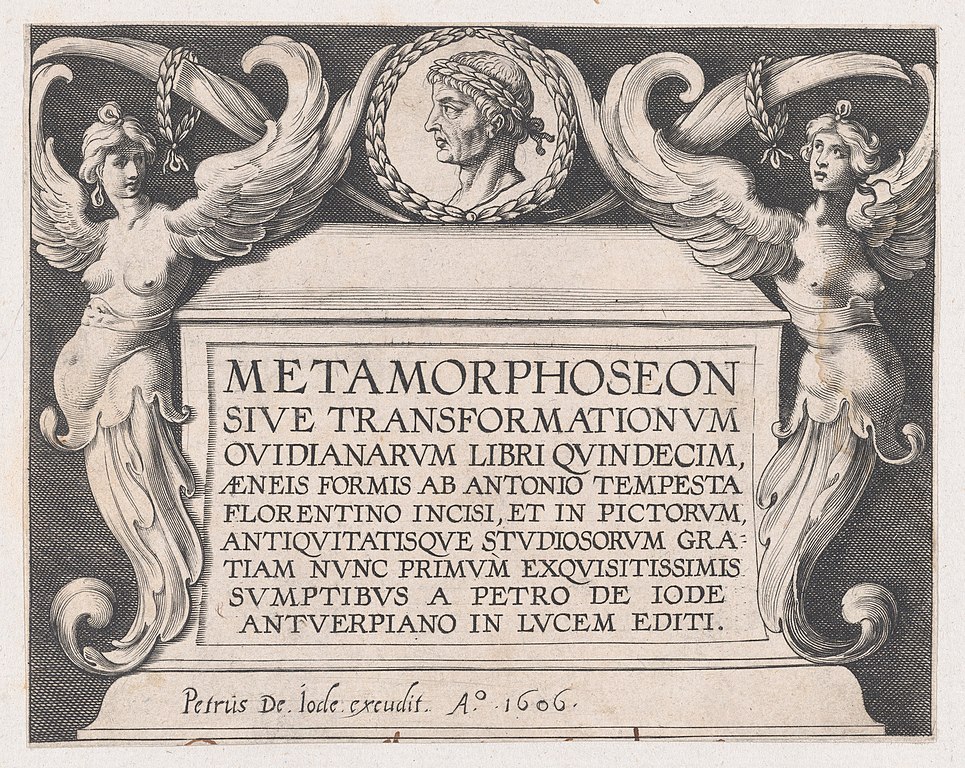Rome
Roman literature, written in the Latin language, remains an enduring legacy of the culture of ancient Rome. Some of the earliest extant works are historical epics telling of the early military history of Rome, followed (as the Republic expanded) by poetry, comedies, histories and tragedies.
Latin literature drew heavily on the traditions of other cultures, particularly the more matured literary tradition of Greece, and the strong influence of earlier Greek authors is readily apparent. Few works remain of Early and Old Latin, although a few of the plays of Plautus and Terence have come down to us.
The “Golden Age of Roman Literature” is usually considered to cover the period from about the start of the 1st Century BCE up to the mid-1st Century CE.
Catullus pioneered the naturalization of Greek lyric verse forms into Latin in his very personal (sometimes erotic, sometimes playful, and frequently abusive) poetry.
The Hellenizing tendencies of Golden Age Latin reached their apex in the epic poetry of Vergil, the odes and satires of Horace and the elegiac couplets of Ovid.
The “Silver Age of Roman Literature” extends into the 2nd Century CE, a period during which the eloquent, sometimes bombastic, poetry of Seneca the Younger and Lucan gave way to the more restrained, classicized style of Pliny the Younger’s letters and the powerful satires of Juvenal.
Latin Verse
As in Greek verse, lines of Latin verse are composed of “feet”, defined by long and short forms of the vowels rather than by stressed and unstressed syllables as in English poetry. The feet may be spondees (long-long), dactyls (long-short-short) or trochees (long-short), and they may be combined a variety of ways depending on the particular metre (plus there may be some flexibility in the patterns, particularly in the first and last feet, even within a particular metre).
A number of different metres are commonly used in classical Latin poetry, almost all inspired by Greek and Hellenstic originals.
The most common is dactylic hexameter (the traditional epic metre of six feet per line), followed by elegiac couplets (a line of dactylic hexameter followed by a second line of modified dactylic pentameter, often used in love poetry) and hendecasyllabic verse (where each line has eleven syllables, including a four syllable choriamb of long-short-short-long).
When a word ends in a vowel or diphthong (and sometimes also words ending in “m”), and the next word begins with a vowel, diphthong or the letter “h”, the vowel (optionally, plus the “m”) of the first word does not count metrically (known as elision), unless the poet chooses to deliberately keep them separate as an exception to the rule (known as hiatus).
A caesura (when a word ends in the middle of a foot, sometimes but not always accompanied by a sense break and punctuation) can be used to divide a line in two and allow the poet to vary the basic metrical pattern he is working with. When a caesura correlates with a sense break, a slight pause should be made in reading.
Brief mention should also be made here of a lesser known genre, that of the ancient novel or prose fiction. Two such Ancient Roman novels have come down to us, the "Satyricon" of Gaius Petronius (1st Century CE) and "The Golden Ass" (or "Metamorphoses") of Lucius Apuleius (2nd Century CE).
Roman literature written after the mid-2nd Century CE is often disparaged and largely ignored, and Medieval Latin was usually dismissed as “Dog-Latin”. However, long after the Roman Empire had fallen, the Latin language continued to play a central role in Western European civilization.
Main Authors:
Catullus (lyric and elegiac poet, 1st Century BCE)
Vergil (epic and didactic poet, 1st Century BCE)
Horace (lyric poet and satirist, 1st Century BCE)
Ovid (didactic and elegiac poet, 1st Century BCE - 1st Century CE)
Seneca the Younger (tragic playwright and satirist, 1st Century CE)
Lucan (epic poet, 1st Century CE)
Juvenal (satirist, 1st - 2nd Century CE)
Pliny the Younger (correspondent, 1st - 2nd Century CE)



